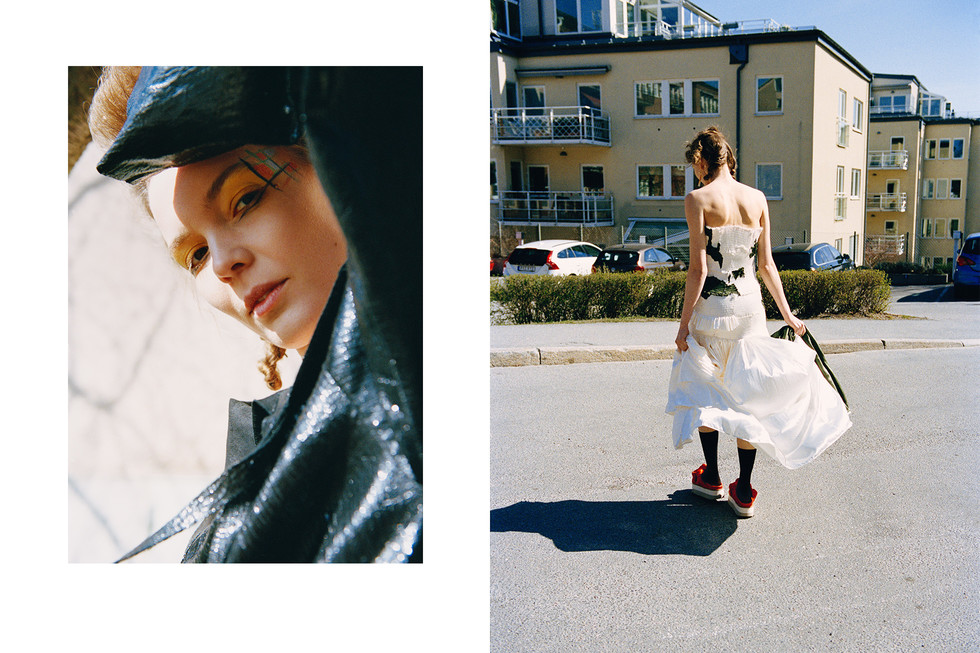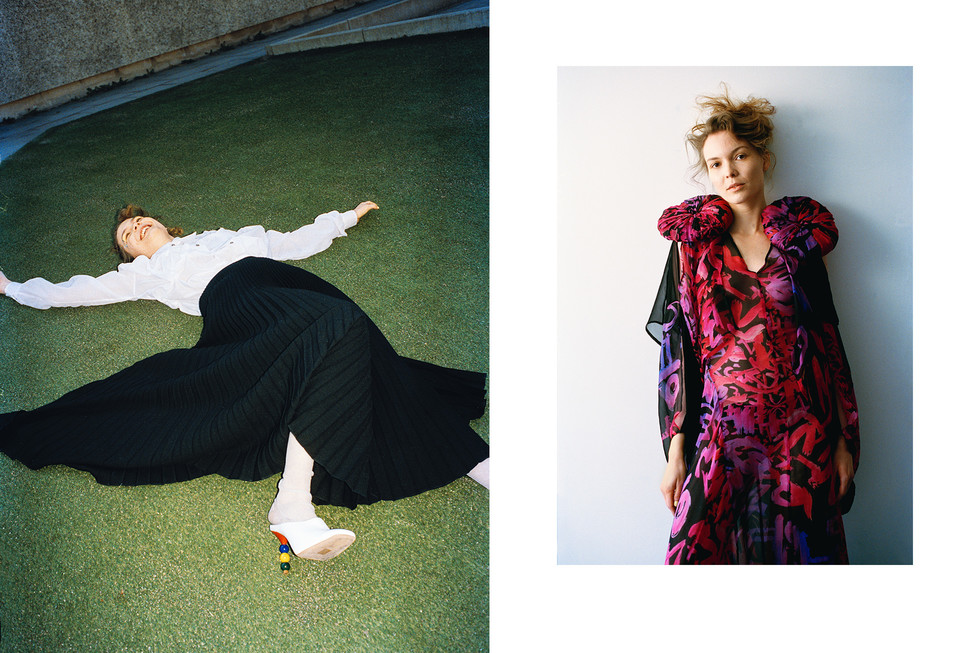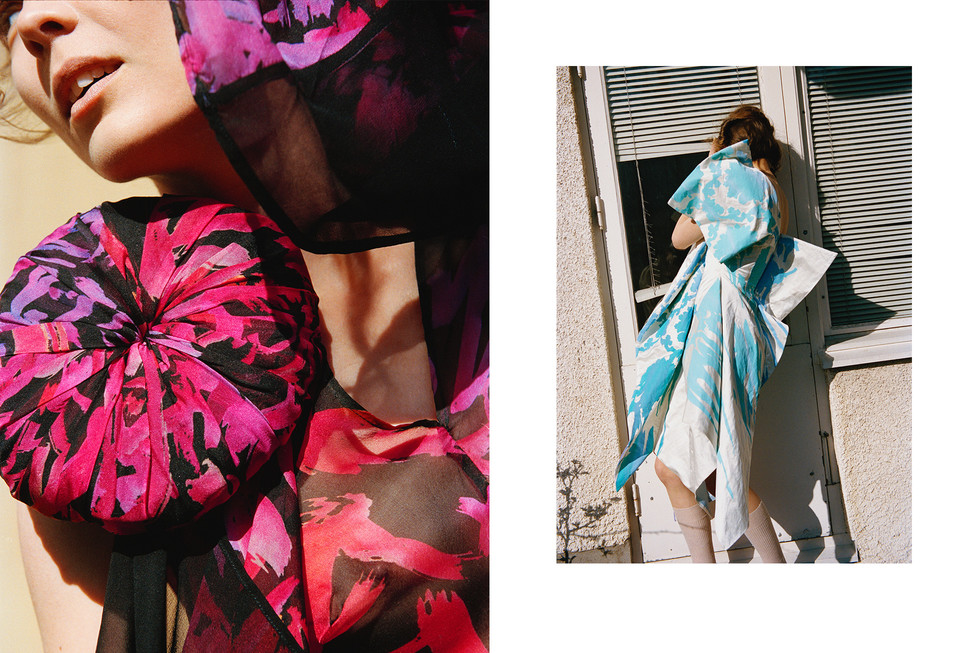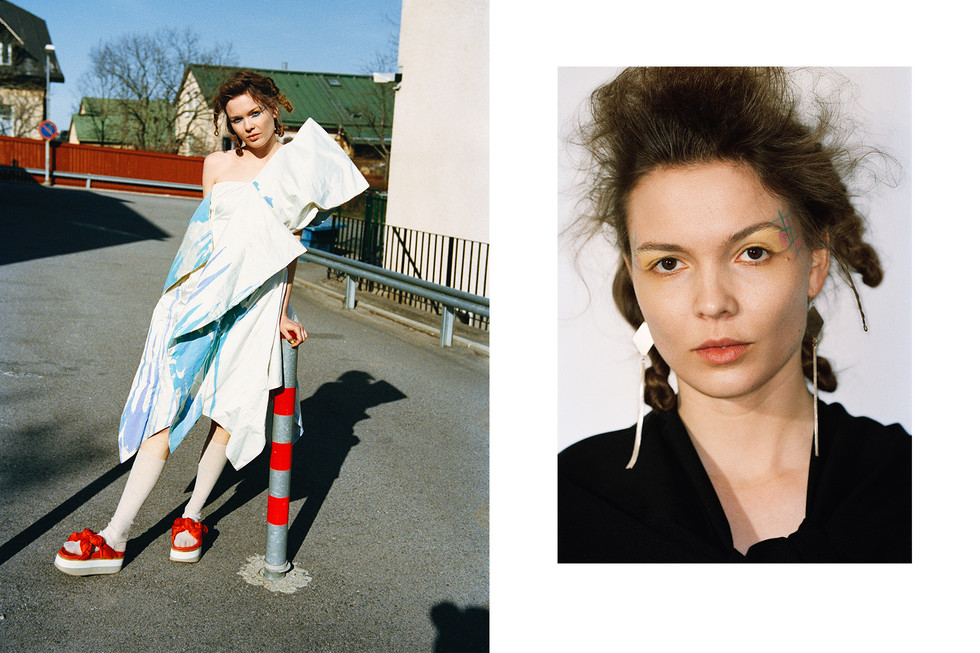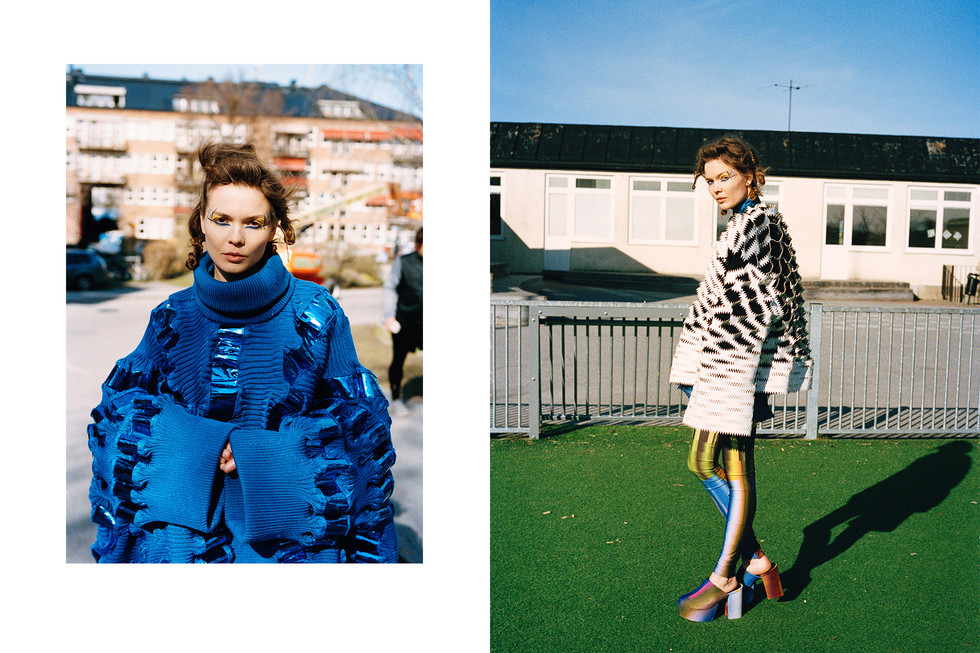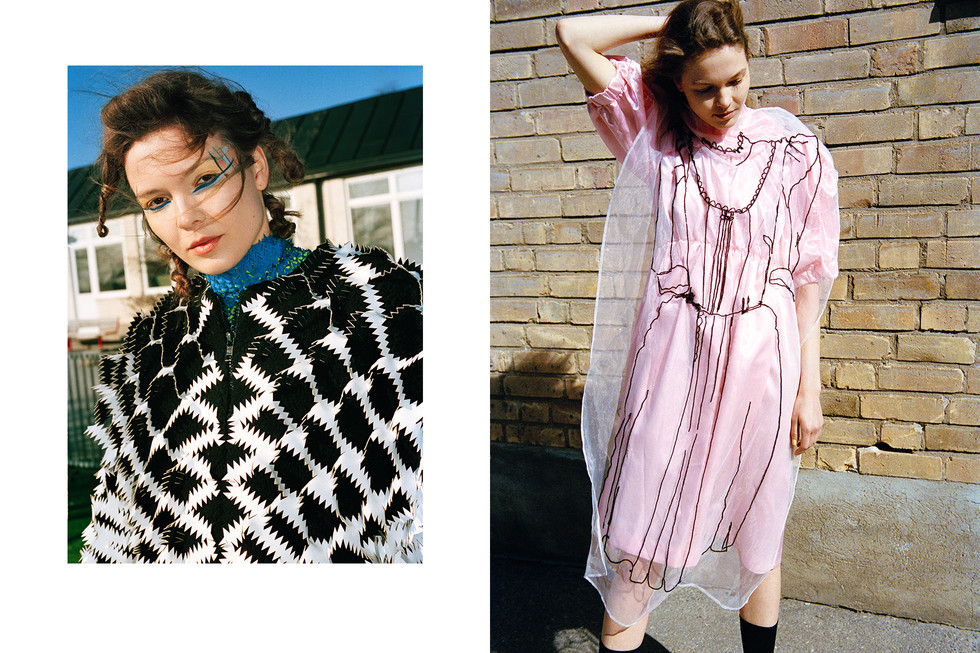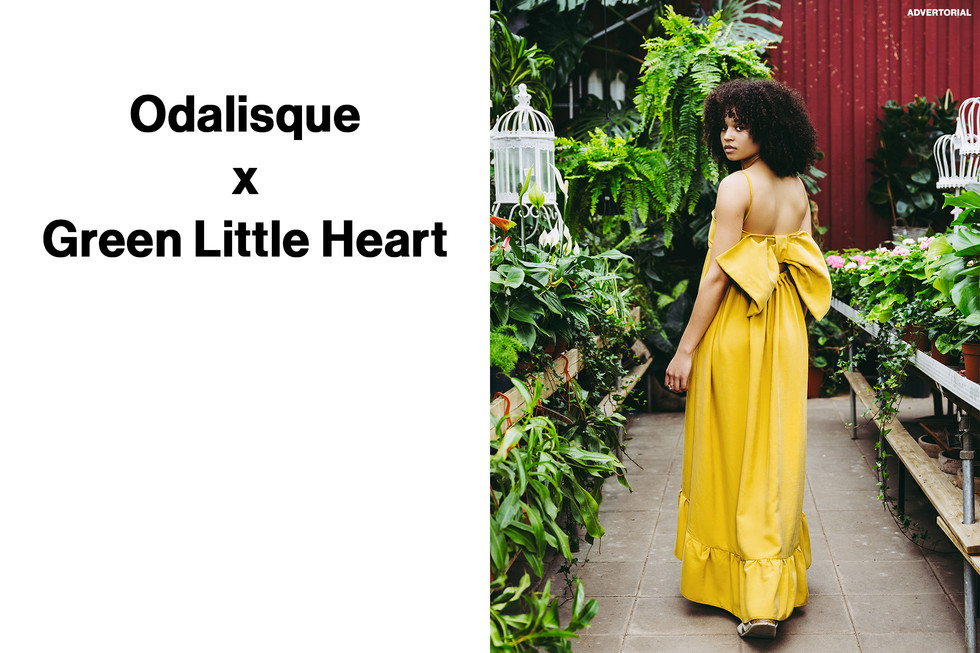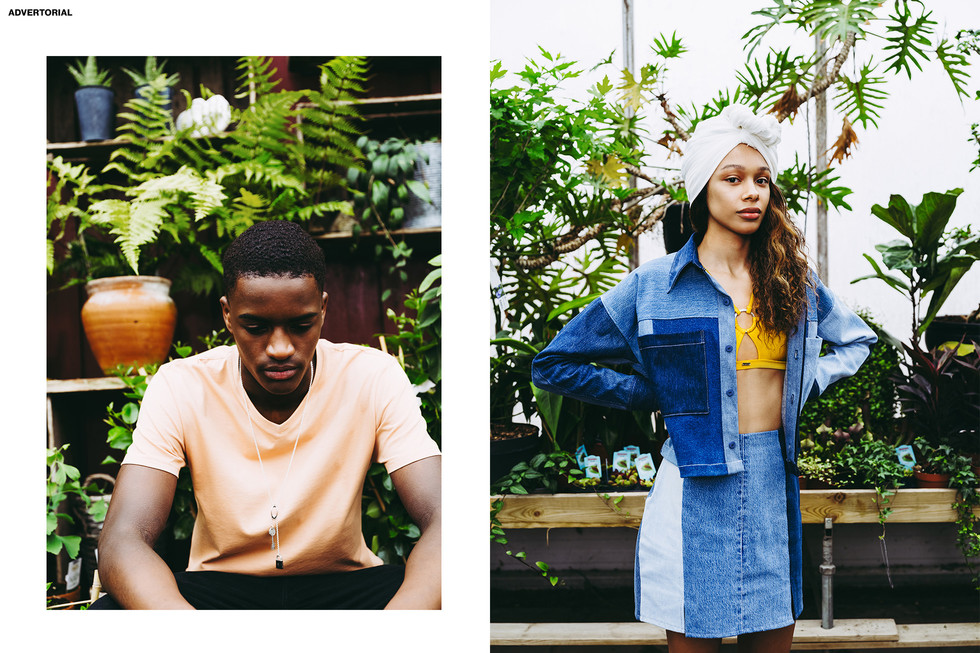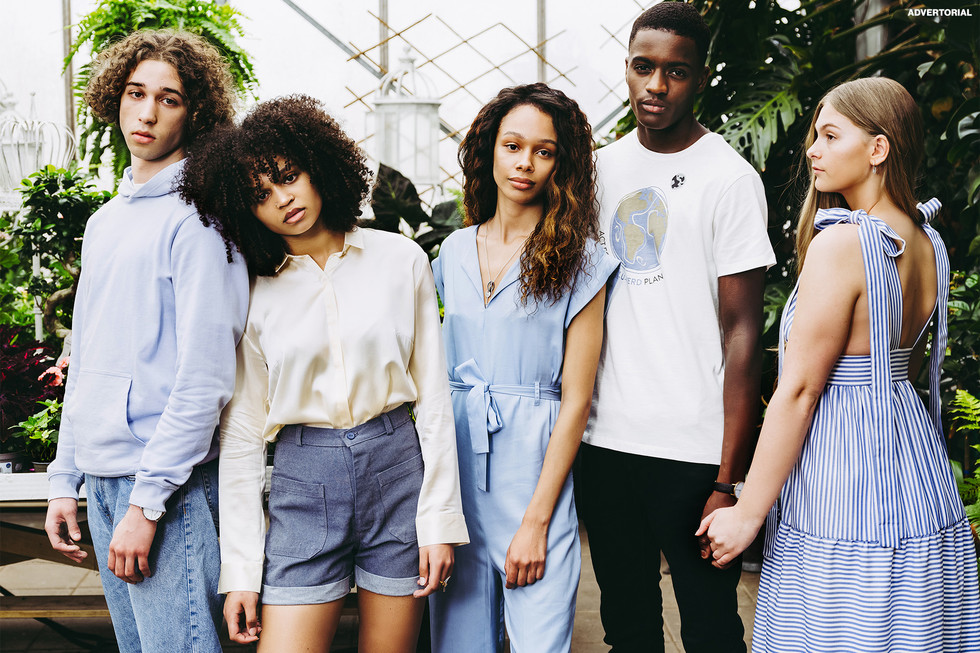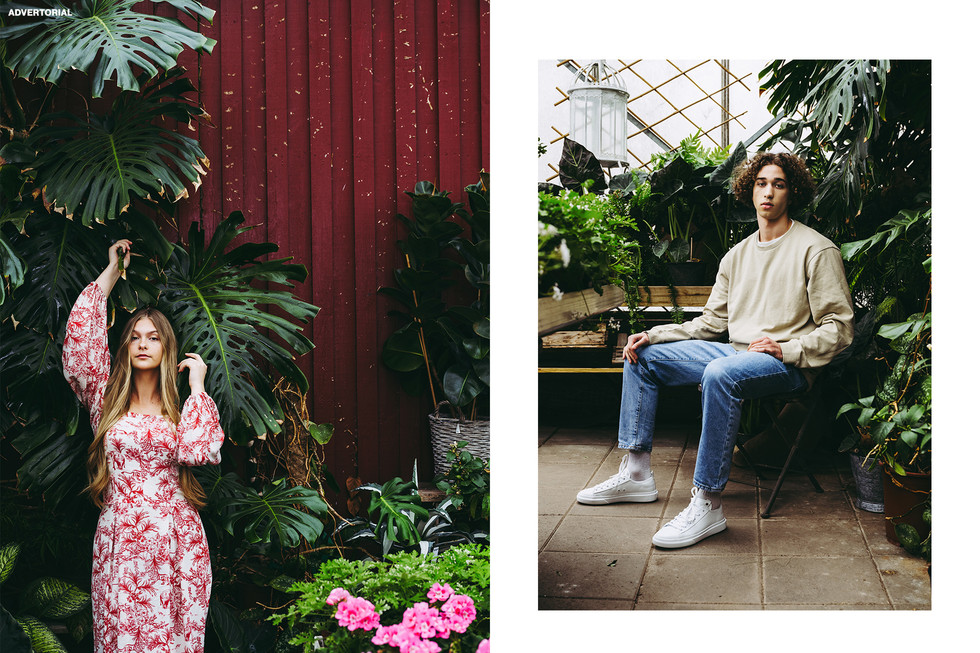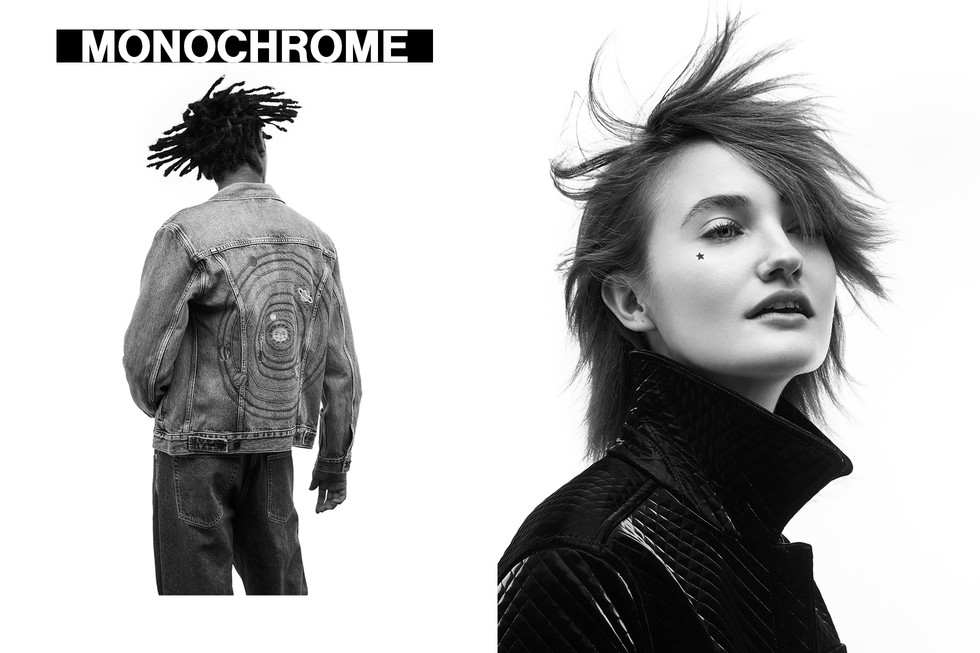
| photography Ellen Simone fashion Ulrika Lindqvist denim jacket Levis jeans Arket |
| jacket Boss |
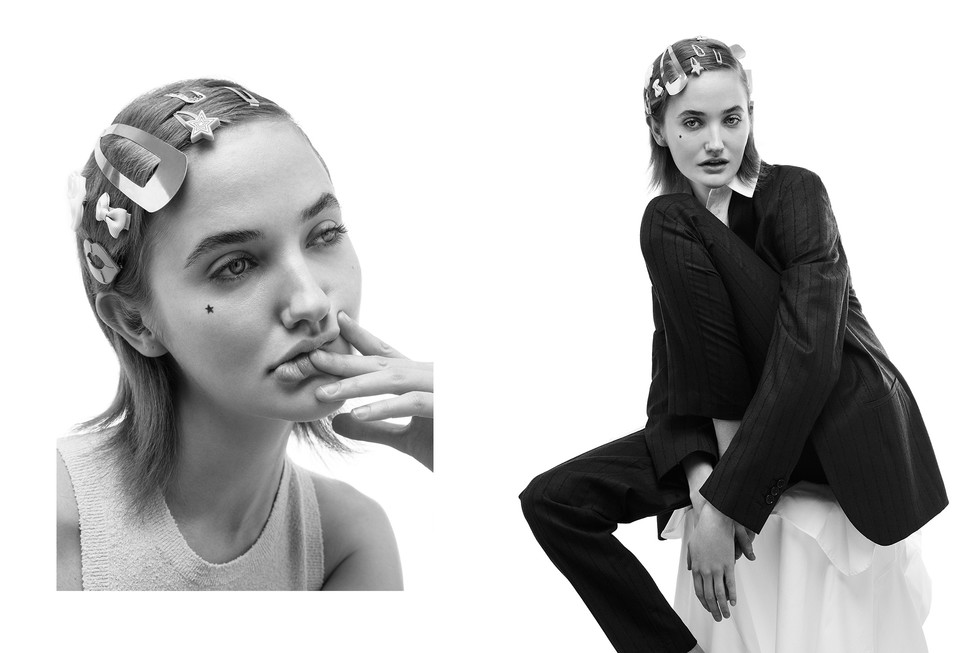
| tank top & Other stories |
| suit Cos shirt Asos |

| vest Adnym Atelier sunglasses Tom Ford |
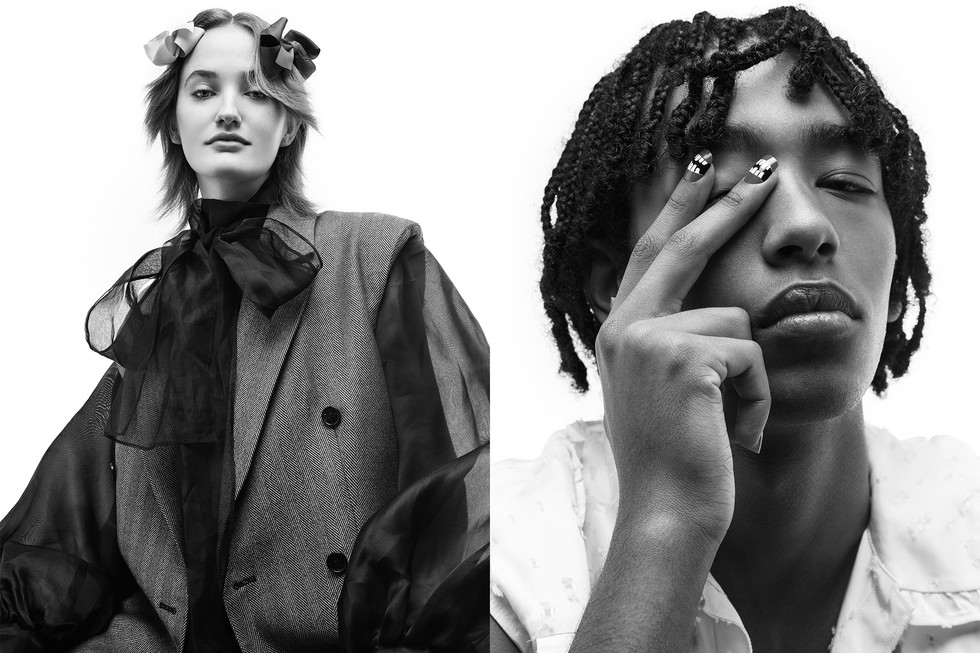
| vest & shorts By Malene Birger blouse Aurelisna/Seezona |
| shirt Baum und Pferdgarten |

| blazer Adnym Atelier scarf Helena Sand |
| dress Ganni |
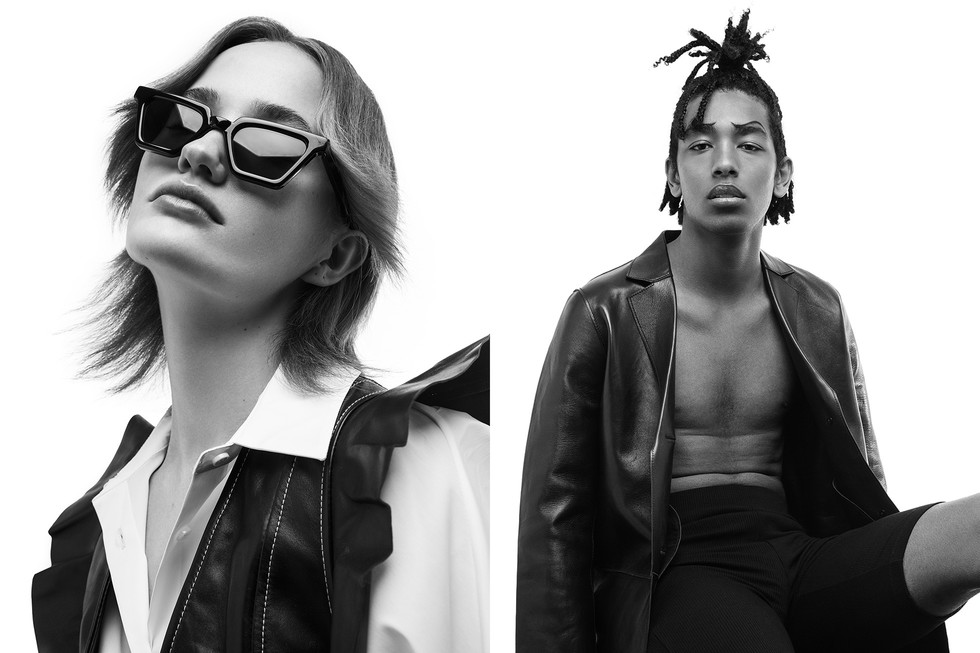
| leather vest Ganni shirt Victoria Chan sunglasses Cos X Yuma Labs |
| coat Stand Studio shorts Stockholm/MQ |
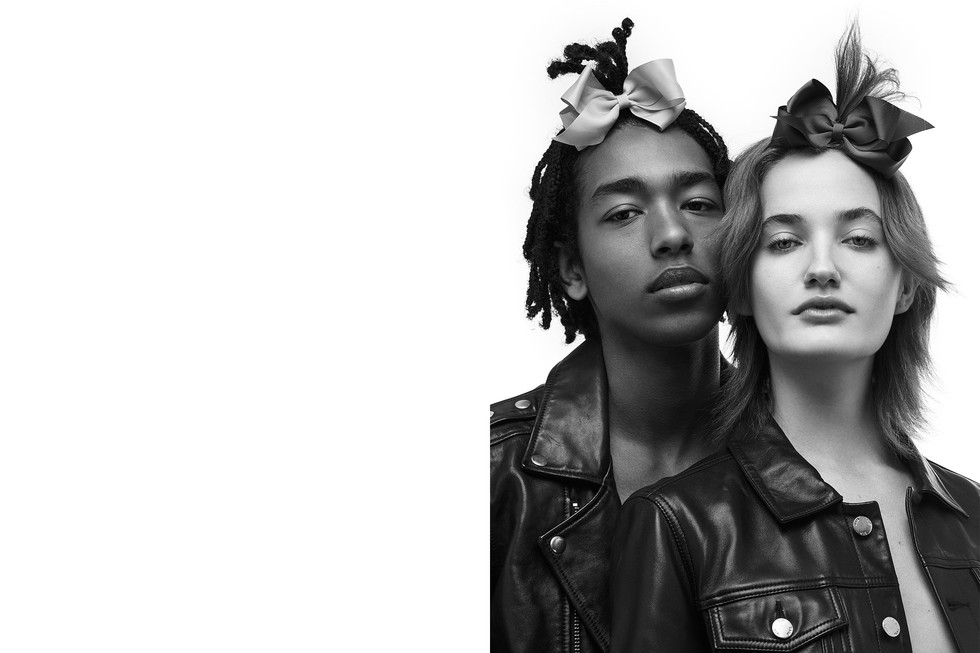
| photography Ellen Simone fashion Ulrika Lindqvist make up & hair Martin Sundqvist stylist’s assistant Lina Eriksson models Mathewos / MIKAs & Moa / Le Management leather jackets BLK DNM |


